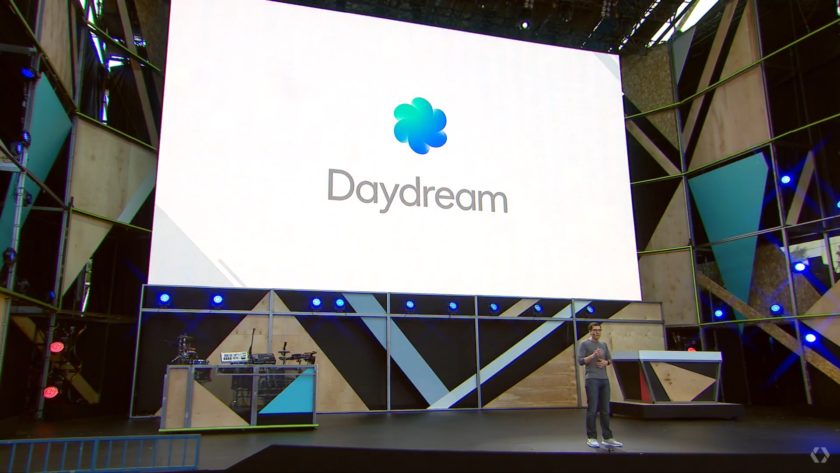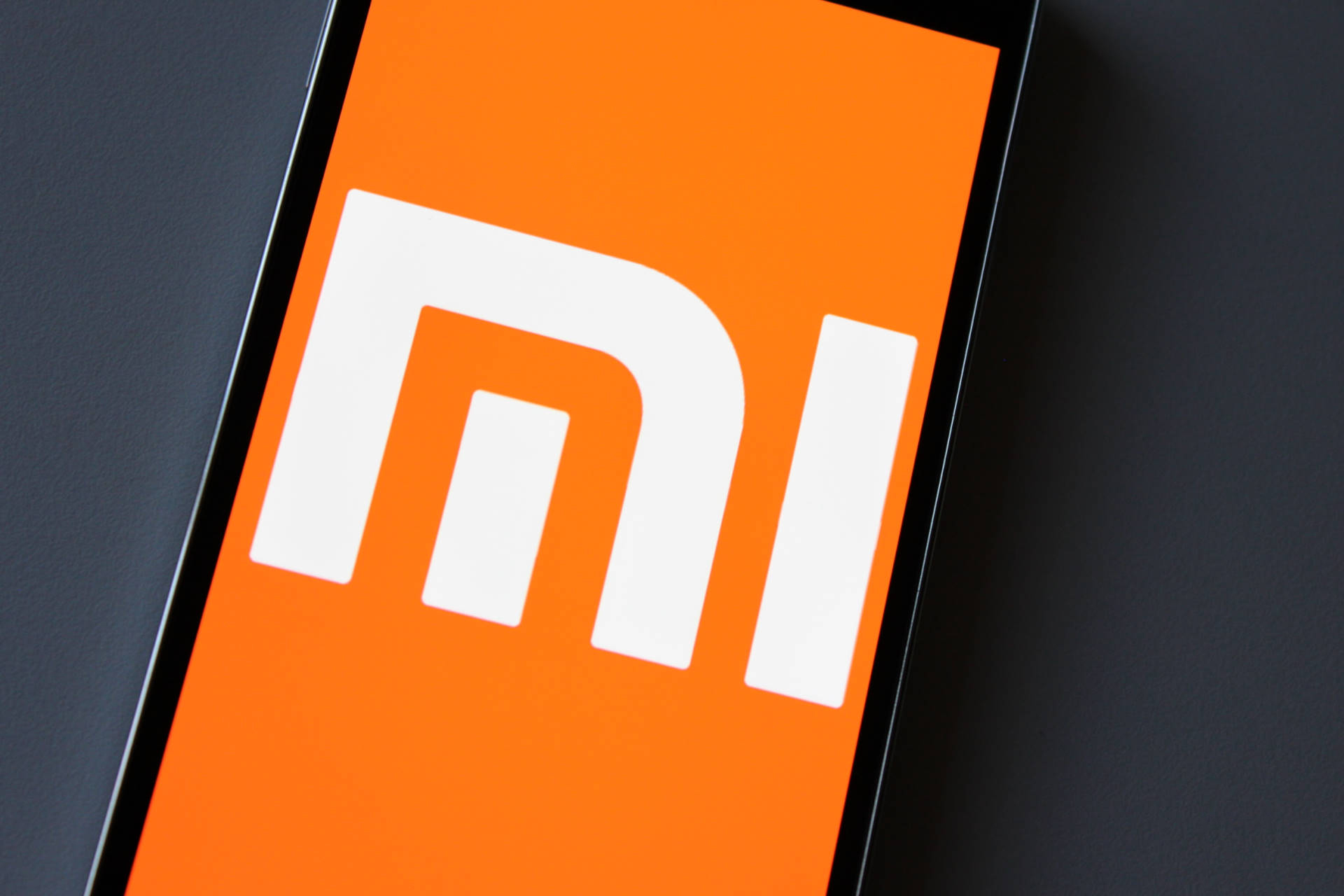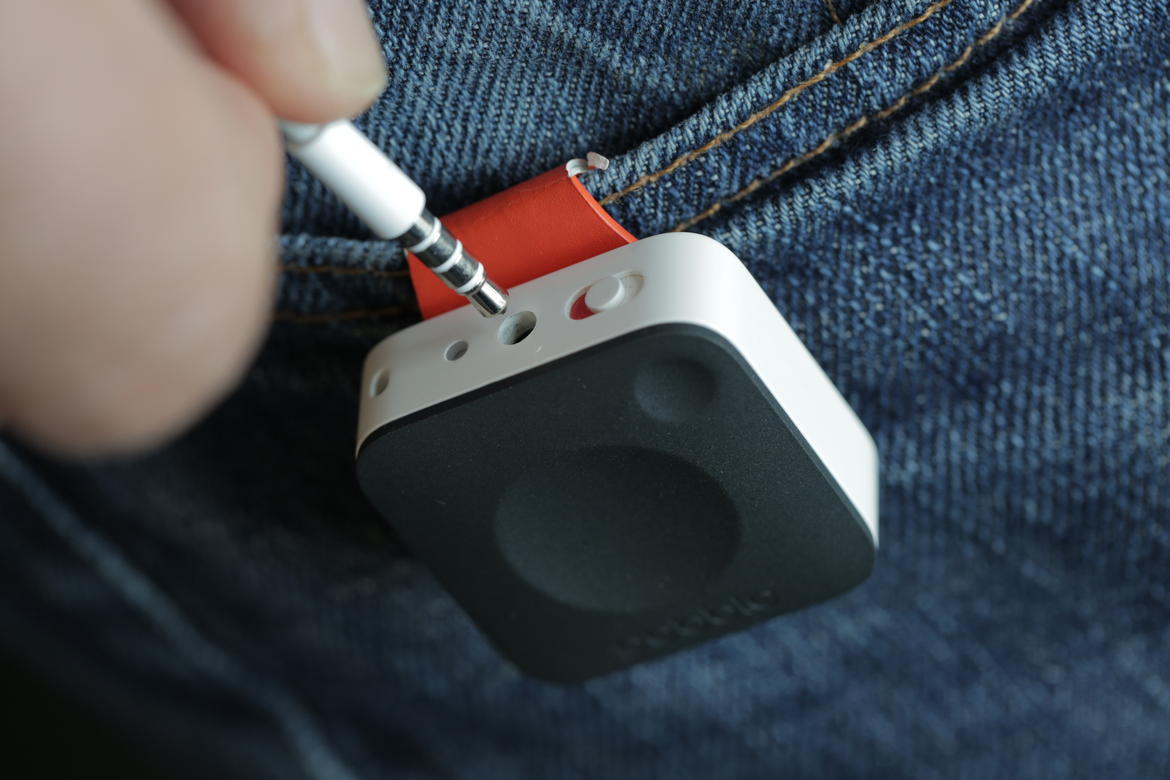
Daydream: Google’s Push into VR
Two years have passed since Google’s humble entry into the virtual reality market with Cardboard, and time has come for the company to take their efforts a step further. Their vision for a VR ecosystem powered by capable mobile devices has a prophetic name: Daydream.The idea behind the project isn’t to throw away Cardboard into the pits of technological obsolescence, but rather to offer customers the next logical destination on their journey towards an immersive VR experience. Clay Bavor, Google’s vice president of virtual reality, commented, “We knew that Cardboard would only go so far, because there’s only so much you can do in terms of immersiveness and interactivity with—let’s be serious—a piece of cardboard, and a phone that was really only meant to be a phone.”
Google is going to keep Cardboard around as a highly affordable way how VR newbies can get a glimpse of what the once futuristic technology is all about. When the same customers reach the limits of what’s possible with Cardboard, they will know exactly what to buy next: Daydream.
So, what is Daydream? According to Bavor, Daydream is about enabling very high-quality mobile VR. The key word here is “high-quality”. Google is well aware that any truly immersive mobile VR experience will require a suitable hardware to run on. Not only that, but the entire ecosystem – apps, operating system, VR glasses – has to work in unison.
That’s why Google is working with their industry partners and in-house developers to create a VR platform the world has not seen before. The first Daydream-compatible smartphones – the ZTE Axon 7 and Asus Zenfone 3 Deluxe – are right around the corner, and so are the other two pillars of Daydream.
Three Pillars of Daydream
During his presentation at Google IO 2016, Bavor explained the steps Google took to create “our platform for virtual reality.” To succeed, Google needs to have a total control over the VR experience. Customers must know that when they purchase a Daydream-certified smartphone, they won’t run into any compatibility or performance issues.There’s simply no more room for guesswork like there was (and still is and will be) with Cardboard. Samsung, with their Gear VR, has shown that customers are willing to pay extra for a smartphone that does something extra. But Samsung’s problem is the inability to control the experience from top to bottom. Users have to fight an operating system not meant for virtual reality and apps developed with only a vague idea of the kind of VR headset the apps are going to be consumed through. But all that is about to change.
Smartphones
Google doesn’t want any redundancy in their platform. The company expects smartphone manufacturers to bake all the functionality and features necessary for a smooth VR experience directly into their devices.This entails powerful hardware capable of pushing demanding graphics at 60 frames-per-second, low-persistence displays with little to no lag to eliminate ghosting, and high-quality, latency-free sensors to increase the sense of immersion when inside a virtual reality world.
Prominent smartphone manufacturers, including Samsung, HTC, LG, Xiaomi, Huawei, ZTE, Asus, and Alcatel should have daydream-ready smartphones available this fall. The beauty of this approach lies in the fact that the whole platform can evolve in a similar way as video game consoles do. All that Google has to do to take Daydream to the next level is to bump up the reference specifications and call the result “Daydream 2.0” or something similar. With enough time, Daydream could start competing with PC-tethered headsets.
Headset and Controller
The current mobile VR experience is held back by the chaos that reigns among the headsets. The market is flooded with headsets ranging from a few dollars to few hundred dollars. Some are compatible with devices up to 6”, others can fit only smaller smartphones; certain models have a wide field of view and high-quality optics, but there’s a slew of other headsets that don’t even come close.With Daydream, Google has taken their experience and created a reference design that others can use as a blueprint to come up with something of an equal quality. The sketch they showed at Google IO 2016 depicted a sleek, clean headset that should appeal to regular smartphone owners and tech enthusiasts alike.
To complement the headset, Google has also created a VR-optimized controller that’s both powerful and intuitive. Its DNA can be traced back to the Wii Nunchuk Controller, as a consequence of its minimalistic appearance and built-in orientation sensor that allows for intuitive motion control. A circular clickable touch pad is designed to bring touchscreen gestures to the virtual world, and two buttons – a home button and app button – provide all the essential functionality without overwhelming users with options.
Apps
The team behind Daydream has been working with the core Android team to include VR capabilities in the next version of the mobile operating system. Starting with Android N, users will be able to put their smartphones into a special VR mode, which will change the UI, making the device easily controllable even while still in VR. Substantial changes have also been made under the hood to allow for a very low latency of less than 20ms and increased performance.Clay Bavor said that Google will take a strong stance on quality and not allow badly written, designed, or optimized apps to enter into the Daydream ecosystem. “We want to make sure that we’re representing good VR to our users.”
Google wants to lead by example with their apps. The Play Store, YouTube, and Street View are all going to be optimized at launch to deliver an uncompromising user experience. A new face among Google’s increasingly larger collections of apps is the Daydream Hub, a kind of home screen that acts as a gateway to all games and virtual reality apps.
More VR apps are expected to pop up in the near future, thanks to Google’s partnerships with the New York Time, WSJ, USA Today, Netflix, Hulu, IMAX, NBA, MLB, and many others. New VR games from EA, Ubisoft, NetEase, and OtherSide Entertainment are also on the horizon, so there’s no reason to doubt that there won’t be enough compelling content available when Daydream takes off.
It’s Coming
The release of Daydream is planned on Autumn 2016, shortly after Android Nougat is out. Given that Cardboard headsets hover around $10 and Gear VR currently goes for $100, Daydream will probably be positioned right above the Gear VR, in terms of its price.Google’s vision of the future seems to involve ultra-powerful smartphones that act as keys to countless invisible virtual worlds around us. They recognize that once we reach the point where we no longer need to own a laptop or PC just to get more processing power, smartphones and mobile operating systems will become the only thing that matters.



